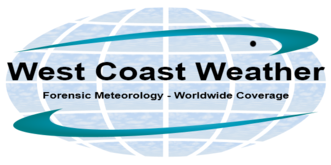Hook Echoes- Unstable Air Mass
By Michael FaginGeneral Info, Lightning, Weather ConditionsComments are offHook echoes are meteorological phenomena named after their shapes. They’re created when vertical wind shear causes warm, moist air, sucked in by the unstable movements of a supercell thunderstorm, to mix with a different incoming channel of drier, cooler air. The shape they assume resembles a hook because the two streams of air aren’t mixing as fast as they normally would, due to the strong rotational pattern they become entrained within, called a mesocyclone. The side of a mesocyclone that is visible (the hook echo) is dominated by warmer, moist air and the invisible side is dominated by cooler, drier air. When supercells harbor more moisture than usual, hook echoes can be harder to spot and tend to assume a shape similar to a kidney bean.
Radar meteorologists look for hook echoes to determine where tornadoes are most likely to form. When an echo is spotted, the NWS issues a tornado warning, due to the strong likelihood that one may form. Here is one example and thanks for NOAA for image. ![radscel[1]](https://westcoastweather.com/wp-content/uploads/2014/06/radscel1-300x282.gif)
Article written by Meteorologist Geoff Linsley
